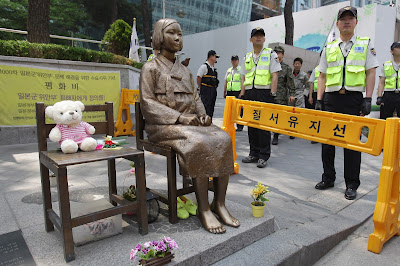Hinekka i Tiningo' I Manåmko'
I have done so many interviews with older Chamorus that sometimes I lose track. Some interviews stay with me and I remember for the most part very clearly, others blend together. I have tapes. I have digital video. I have thousands of pages of notes in notebooks, in legal pads, in the margins of books and random scraps of paper. I have lost exact count of how many of these oral history interviews I have done, but it is well over 400 at this point. In addition to these interviews that I've done personally, I also for many years had my students do simple interviews with elders. I have hundreds of these interviews as well, one of which I've included below from a student that I had for Elementary Chamoru 1, who interviewed her grandmother. Sometimes the Chamoru sayings or phrases that I share with my students or on social media come from these interviews. I have so much in terms of raw material for these interviews, this cache of oral history, but I scarcely have time to do anyth


